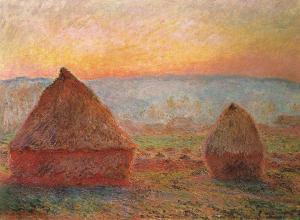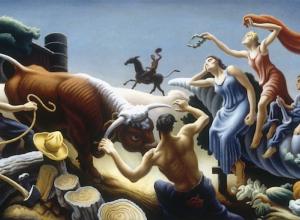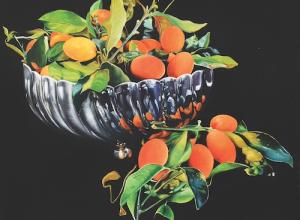“The whole thing is so weird and funny, delightful and intriguing, because it offers you questions rather than answers.” says Eleanor Nairne, the curator of modern and contemporary art at the Philadelphia Museum of Art, where Christina Ramberg: A Retrospective is currently on view. “The paintings are complicated things. I think they’re complicated because they are, and they aren’t erotic.”
The exhibition, which was originally organized by the Art Institute of Chicago, re-introduces Ramberg outside of her home city. She is best known for her association with the “Chicago Imagists,” a group of figurative painters working in the 1960s (though, Ramberg disliked the term). Ramberg lived and worked in Chicago for most of her life and, eventually, became the first female solo chair of the department of paintings at the very school she attended, the School of the Art Institute of Chicago.





























